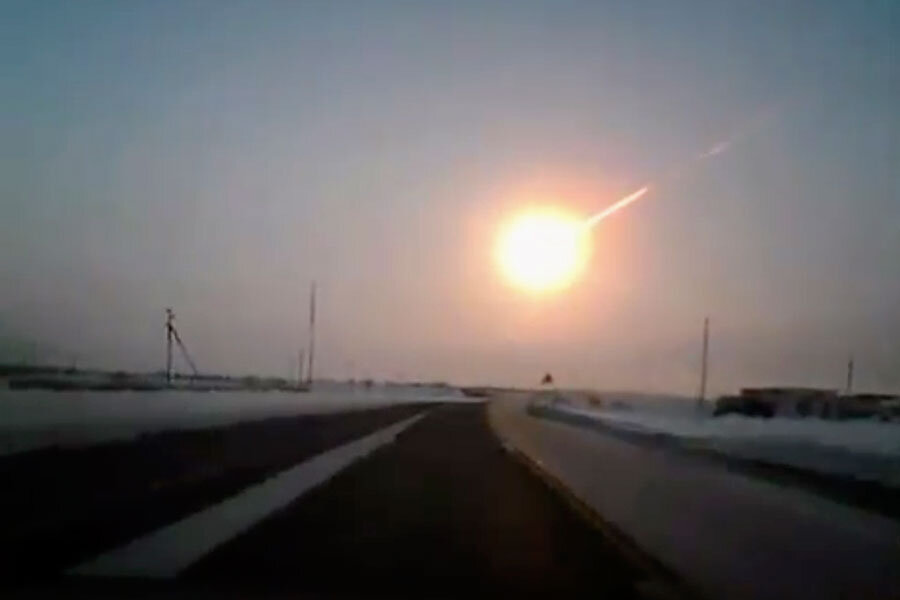No, a mountain-sized asteroid isn't about to destroy us
Loading...
Before assuming an asteroid is going to kill us all, take a deep breath and open up the NASA’s Near Earth Object (NEO) program website to check your information, the agency suggests in a statement regarding a so-called threatening asteroid making the rounds in media reports.
Data from the Minor Planet Center shows that the quarter-mile-wide asteroid 2014 UR116 won’t pose a threat to Earth or any other planet in the next 150 years or more, the agency said.
“Some recent press reports have suggested that an asteroid designated 2014 UR116, found on October 27, 2014, at the MASTER-II observatory in Kislovodsk, Russia, represents an impact threat to the Earth,” NASA wrote, assumedly referring to publications such as this one in Russia.
“While this approximately 400-meter sized asteroid has a three-year orbital period around the sun and returns to the Earth’s neighborhood periodically, it does not represent a threat because its orbital path does not pass sufficiently close to the Earth’s orbit … Any statements about risk for impact of discovered asteroids and comets should be verified by scientists and the media by accessing NASA’s Near Earth Object (NEO) program web site.”
The threat from comets and asteroids hit a fever pitch last year after theChelyabinsk meteoroid exploded over Russia, injuring thousands and causing property damage (such as blown-out windows). The incident caused NASA, the European Space Agency and others to express a renewed commitment in watching these interluders from Earth.
In the months after the incident, the European Space Agency established an asteroid monitoring center that is intended to be a co-ordination hub for asteroid threats detected in Europe and elsewhere. NASA administrator Charles Bolden also talked about the threat in a Congressional hearing, suggesting measures such as crowdsourcing, co-ordination with other agencies and more telescopic feeds to supplement the monitoring program NASA has right now.
Years ago, Congress directed NASA to find 90% of asteroids 140 meters or larger by 2020, which the agency says is well within reach. Chelyabinsk was only a fraction of that size.
Elizabeth Howell is the senior writer at Universe Today. She also works for Space.com, Space Exploration Network, the NASA Lunar Science Institute, NASA Astrobiology Magazine and LiveScience, among others. Career highlights include watching three shuttle launches, and going on a two-week simulated Mars expedition in rural Utah. You can follow her on Twitter @howellspace or contact her at her website.
Originally published by Universe Today.







